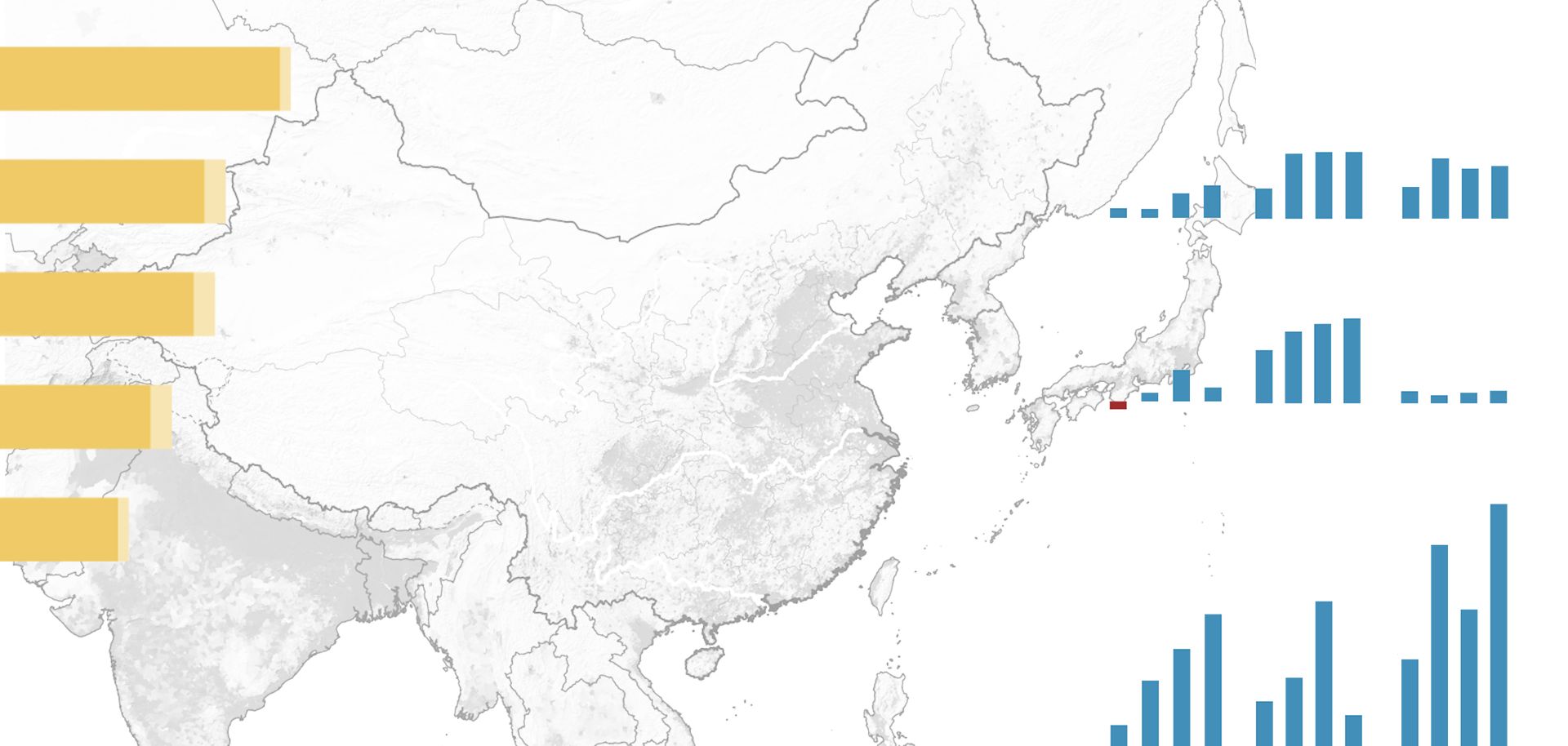
Vietnam was once one of Southeast Asia's most sought-after investment destinations, but since 2009 Hanoi has been unable to reach its investment goals. Indeed, investment has declined sharply because of a sluggish global economy and domestic economic mismanagement. According to Vietnam's official statistics office, foreign direct investment fell from $71.7 billion in 2008 to $23 billion in 2009. This led the government to moderate its investment goals in subsequent years. In 2012, Vietnam received only $13 billion of its desired $15 billion to $17 billion in investment. However, Vietnam received $11.9 billion in the first seven months of 2013, representing a 20 percent year-on-year increase. This brings Hanoi closer to its goal of $13 billion to $14 billion for the year. Notably, areas outside Vietnam's traditional investment destinations — southeast industrial zones such as Binh Duong and Dong Nai provinces and the Red River Delta region — have received more of this newfound investment.
With $2.81 billion, Thanh Hoa province received more foreign direct investment than any other province or region in Vietnam, due in part to Japanese investment in the Nghi Son refinery and petrochemical project. It was followed by Thai Nguyen province, where Samsung has a new mobile phone assembly plant. The emerging investment destinations, like the rest of Vietnam in previous years, were supported by their abundant labor forces and underutilized land — somewhat of a rarity in traditional investment zones. Moreover, for the first time ever, exports of value-added products such as mobile phones and electronic components, as well as low-end goods, such as garments and shoes, outpaced more traditional exports, such as oil and minerals.
Foreign investment plays a crucial role in Vietnam's transitional economy, accounting for nearly 60 percent of the country's total export revenue and 40 percent of its industrial output. As the economy grew, the advantages once afforded by low wages declined, corresponding with the growth of emerging economies in the region. This was compounded by the country's incomplete industrial chains to support its manufacturing activities. The government is thus exploring new investment potential and attracting investment that better corresponds with its economic transformation — particularly in high-tech and value-added goods.



